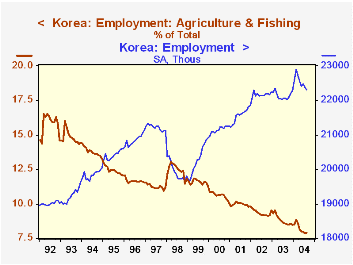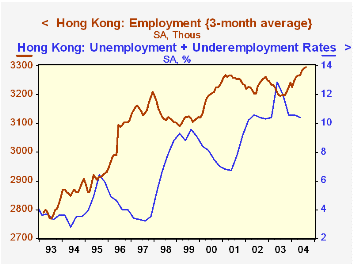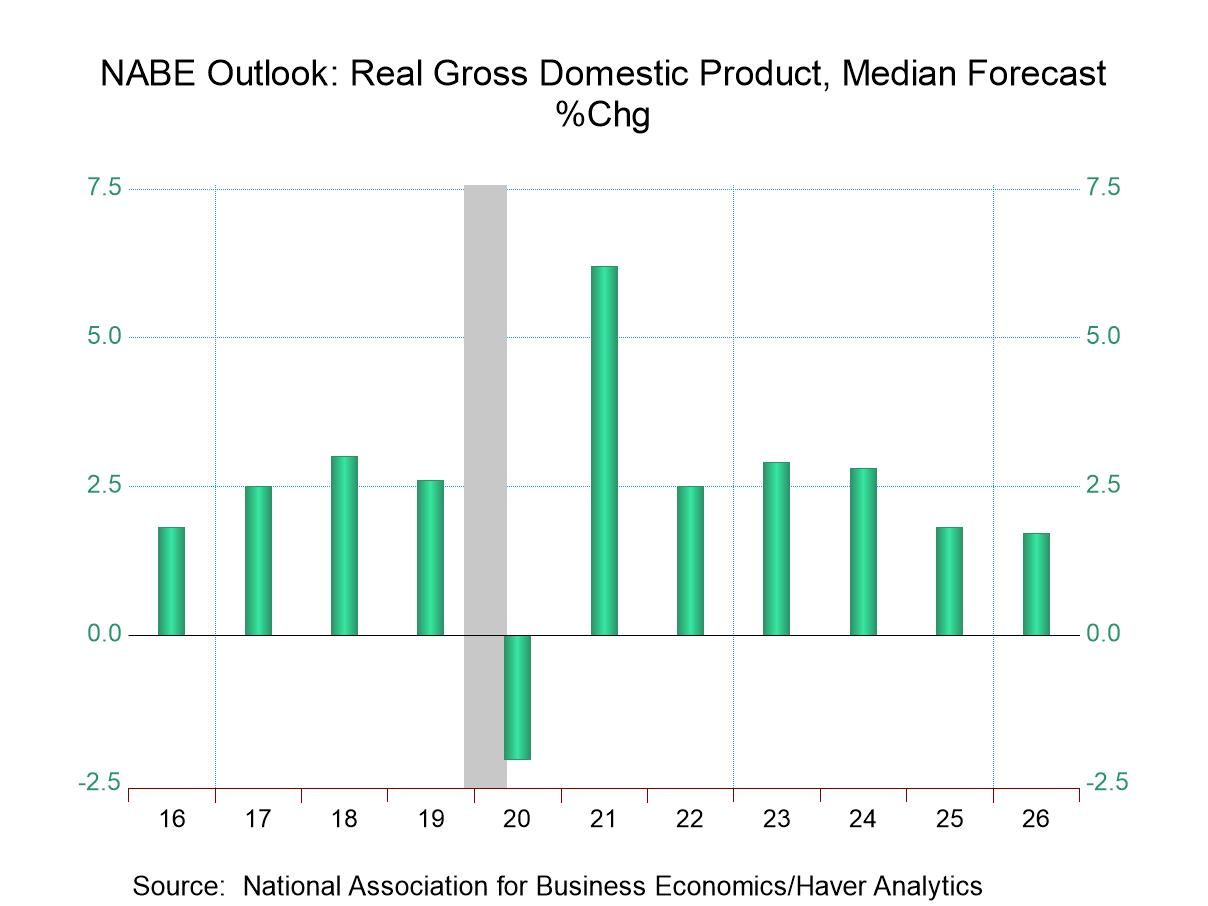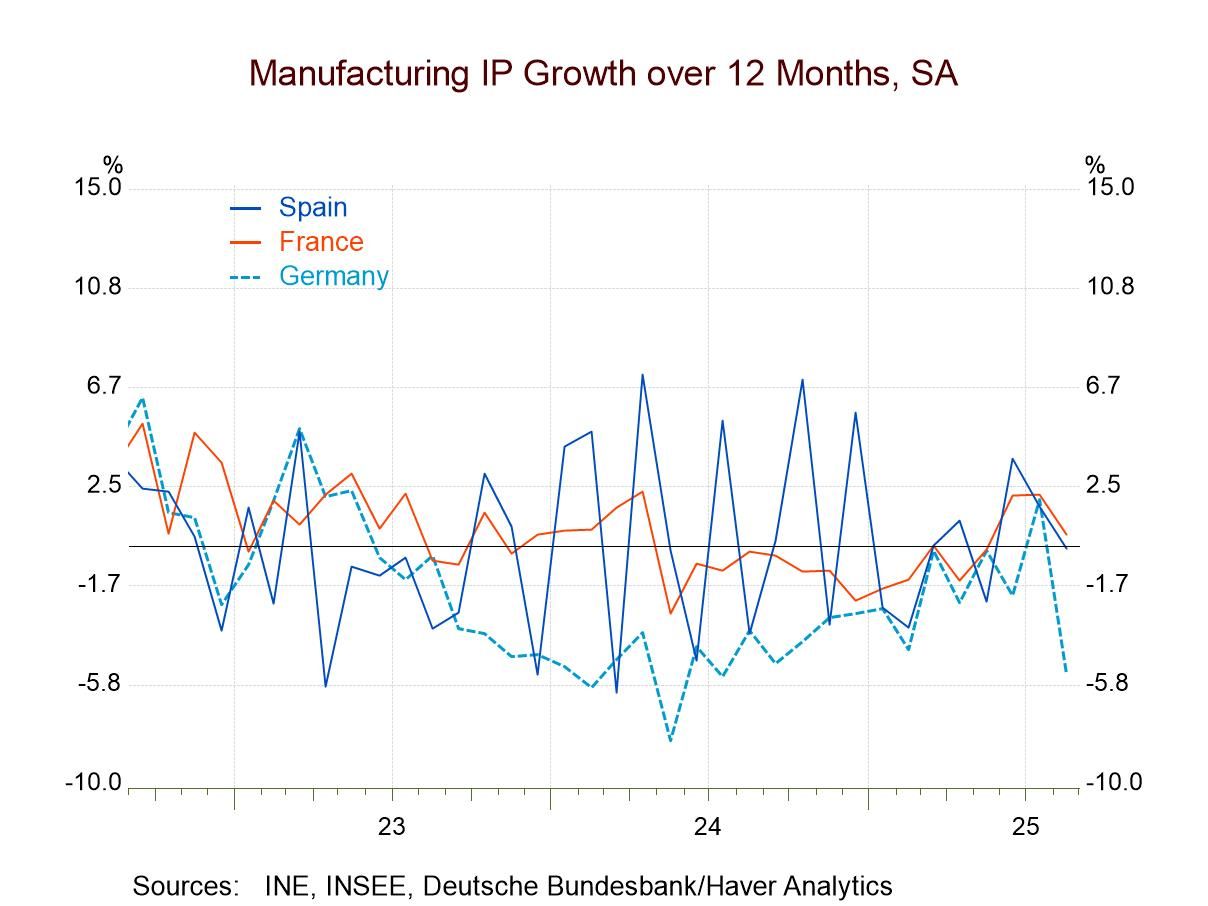 Global| Sep 16 2004
Global| Sep 16 2004Cross-Currents in Asian Labor Markets
Summary
August labor market conditions were mixed in two Asian economies. Korea saw more erosion of employment, while jobs in Hong Kong continued to gain. Unemployment rates in both areas ticked down, however. Korea lost 48,000 jobs in the [...]

August labor market conditions were mixed in two Asian economies. Korea saw more erosion of employment, while jobs in Hong Kong continued to gain. Unemployment rates in both areas ticked down, however.
Korea lost 48,000 jobs in the month, extending a downtrend that began in March and now cumulates to 575,000 workers. Notably, though, manufacturing jobs have held largely steady and major service industry jobs have fallen moderately. The bulk of the contraction is part of a long-run downtrend in Korean agricultural activity and fishing. This sector has shrunk over the last 12 years from about 16% of Korean employment to just below 8%, a substantial structural shift. Thus, despite the 2.5% drop in employment since its peak in February, weakness in basic industry there seems fairly minimal.
In Hong Kong, employment is continuing to rise and in August reached a new record high of 3.30 million workers. The unemployment rate there fell to 6.8% from 6.9% in July and a recent peak of 8.6% in June and July of last year. Hong Kong also highlights data on "underemployment"; these are people who would like to work full-time, but are able to find work for only a limited number of hours each week. In August, the underemployment rate was 3.4% of the labor force. This too indicates an improvement from year-earlier levels, which reached 4.3%.
Even with the recent improvement in Hong Kong's labor market, employment conditions remain quite weak compared with the pre-1997 era there. Labor market dislocation might be indicated by summing the unemployment and underemployment rates. This total was 10.2% in August, compared to a peak in mid-2003 of 12.9%. Clearly there has been considerable short-term recovery. However, during 1989, this combined measure dipped as low as 1.9% in several months and averaged 2.1% that year. In 1997, the year of the Asian currency crisis, this rate still averaged only 3.35%, just one-third of its current level.
| Aug 2004 | July 2004 | June 2004 | Aug 2003 | 2003 | 2002 | 2001 | |
|---|---|---|---|---|---|---|---|
| South Korea:Employment (millions) | 22.32 | 22.36 | 22.47 | 22.05 | 22.14 | 22.17 | 21.57 |
| Change (thous) | -48 | -108 | 55 | 1.2% | -0.1% | 2.8% | 2.0% |
| Unemployment Rate (%) | 3.6 | 3.7 | 3.5 | 3.4 | 3.4 | 3.1 | 3.8 |
| Hong Kong*:Employment (millions) | 3.30 | 3.29 | 3.28 | 3.20 | 3.22 | 3.23 | 3.25 |
| Change (thous) | 4 | 8 | 14 | 3.0% | -0.4% | -0.6% | 1.4% |
| Unemployment Rate (%) | 6.8 | 6.9 | 6.9 | 8.5 | 8.0 | 7.3 | 5.1 |
| Underemployment Rate (%) | 3.4 | 3.6 | 3.5 | 4.1 | 3.5 | 3.0 | 2.5 |
Carol Stone, CBE
AuthorMore in Author Profile »Carol Stone, CBE came to Haver Analytics in 2003 following more than 35 years as a financial market economist at major Wall Street financial institutions, most especially Merrill Lynch and Nomura Securities. She had broad experience in analysis and forecasting of flow-of-funds accounts, the federal budget and Federal Reserve operations. At Nomura Securities, among other duties, she developed various indicator forecasting tools and edited a daily global publication produced in London and New York for readers in Tokyo. At Haver Analytics, Carol was a member of the Research Department, aiding database managers with research and documentation efforts, as well as posting commentary on select economic reports. In addition, she conducted Ways-of-the-World, a blog on economic issues for an Episcopal-Church-affiliated website, The Geranium Farm. During her career, Carol served as an officer of the Money Marketeers and the Downtown Economists Club. She had a PhD from NYU's Stern School of Business. She lived in Brooklyn, New York, and had a weekend home on Long Island.





